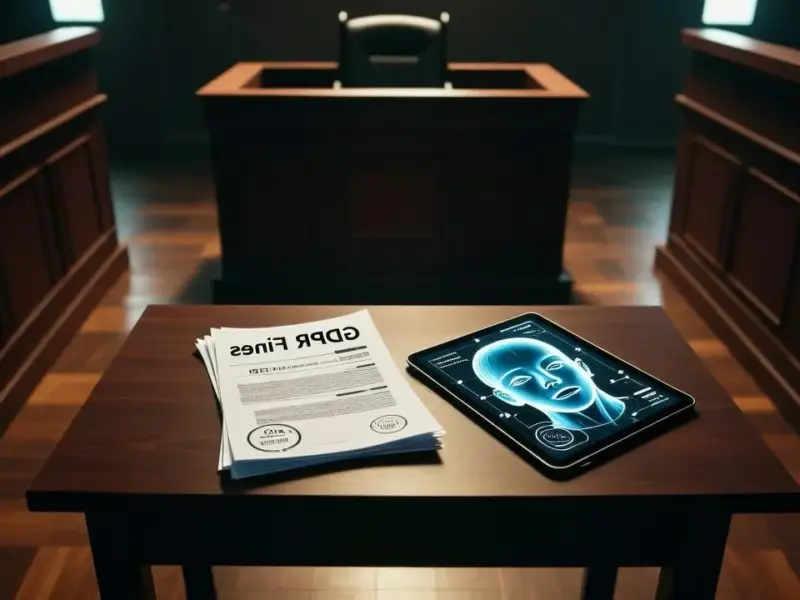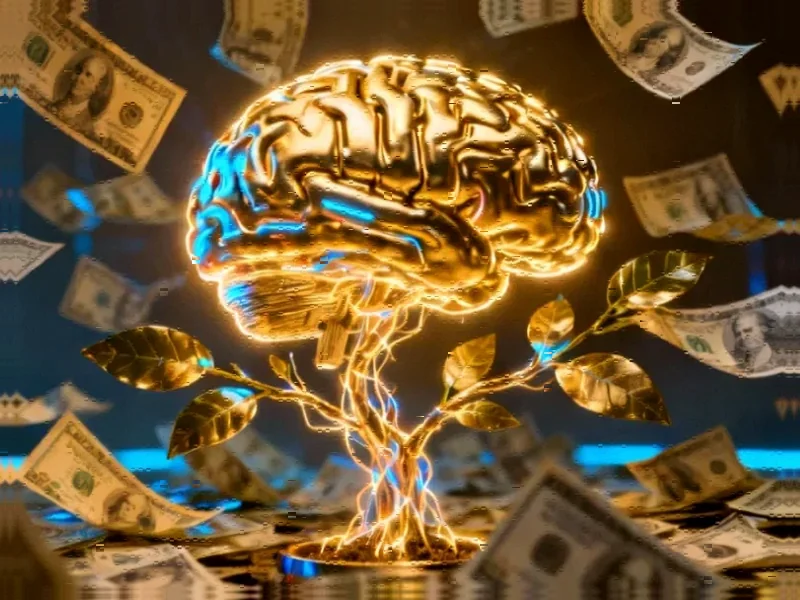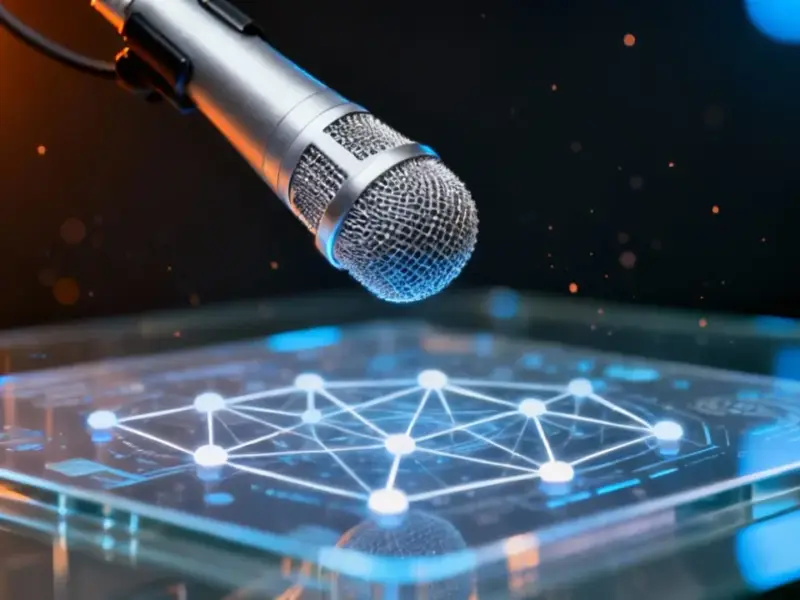According to Popular Science, scientists from Spain’s University of Córdoba published a study in Conservation Biology warning about the dangers of AI-generated wildlife videos spreading across social media. The research team led by José Guerrero Casado, Francisco Sánchez, and Rocío Serrano identified three major problems: these videos create misperceptions of animal behavior, encourage anthropomorphizing animals with human qualities, and increase society’s detachment from nature. Computer engineer Siwei Lyu from University of Buffalo explains that while these videos can look convincing, there are telltale signs like unnatural movements, lighting inconsistencies, and blurred textures in fur or feathers. The researchers emphasize that this misinformation could undermine conservation efforts and give children false expectations about wildlife interactions.
Why this matters
Here’s the thing – this isn’t just about being fooled by cute animal videos. These AI-generated clips have real consequences for conservation. Guerrero Casado points to videos showing bird parents killing “evil” snakes as an example. When people cheer for this outcome, it creates public sentiment against snake conservation. And if there’s no public support, conservation efforts get undermined. Basically, we’re talking about real environmental impact from fake content.
The disconnect problem
What really worries me is how this widens the gap between people and actual nature. Serrano notes that when kids realize bunnies in their backyard won’t actually jump on trampolines with black bears, it has the opposite effect of creating connection. We’re setting up impossible expectations that real nature can’t meet. And with young people increasingly using social media as their primary information source, these false depictions become their reality. It’s creating a whole generation that thinks wildlife behaves like Disney characters.
How to spot fakes
So how do you actually identify these AI-generated animal videos? Lyu suggests watching for physics-defying movements – animals moving too smoothly or in ways that just look off. Lighting is another giveaway – shadows and reflections that don’t match the environment. And pay close attention to textures. AI models often blur fur or repeat patterns in ways that don’t look natural. The team’s full research is available through Conservation Biology if you want to dive deeper into their findings.
What comes next
The researchers propose some solutions, like increasing media literacy and environmental education in schools. Sánchez suggests “ensuring that children understand from an early age that there are no lions here.” But honestly, I’m skeptical about how quickly education can keep up with AI advancement. The technology‘s improving fast, and soon these tells might disappear completely. We’re heading toward a world where you can’t trust anything you see online. That’s concerning for everything from privacy to public understanding of science. The team’s work builds on earlier research about human-animal relationships, but this AI dimension is entirely new territory.




